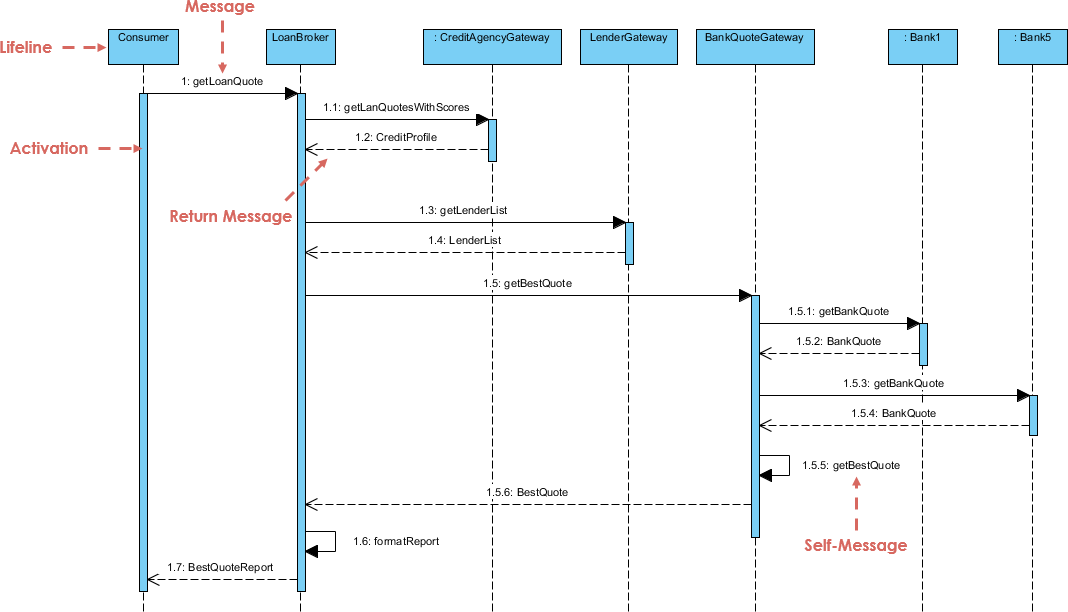
You can model the topology of such systems by using deployment diagrams.
Visual paradigm uml tutorial software#


A collection of hardware that interfaces with the physical world.When you model the static deployment view of a system, you'll typically use deployment diagrams in one of three ways. Examples of artifacts are executable files, libraries, archives, database schemas, configuration files, etc. ArtifactĪrtifacts represent concrete elements in the physical world that are the result of a development process. ConnectionĪ connection depicts the communication path used by the hardware to communicate usually indicates the method i.e. You may also use the relationship to show the dependency between component types. In a deployment diagram, you can use the dependency relationship to show the capability of a node type to support a component type. DependencyĪ dependency indicates that one model element (source) depends on another model element (target), such that a change to the target element may require a change to the source element in the dependency. You may model which nodes communicate with one another using the Connection relationship line. You may model the component instances that run or live on a node by drawing them within the node. You can model node types and node instances. NodeĪ node is a run-time physical object that represents a computational resource, generally having memory and processing capability. Some components exist only at compile time, some exist only at link time, some exist only at run time and some exist at more than one time. Components can be classified by their type. They are related to component diagrams in that a node typically encloses one or more components.Ī component is a grouping of classes that work together closely. Deployment diagrams address the static deployment view of an architecture.

A deployment diagram shows the configuration of run time processing nodes and the components that live on them. In the UML, deployment diagrams is used to visualize the static aspect of these physical nodes and their relationships and to specify their details for construction.ĭeployment diagrams are one of the two kinds of diagrams used in modeling the physical aspects of an object-oriented system. At the edge of your system's software and hardware, you use deployment diagrams to reason about the topology of processors and devices on which your software executes. You use sequence diagrams, collaboration diagrams, statechart diagrams, and activity diagrams to specify the behavior of your software. In the UML, you use class diagrams and component diagrams to reason about the structure of your software. View and play PowerPoint presentations online.


 0 kommentar(er)
0 kommentar(er)
